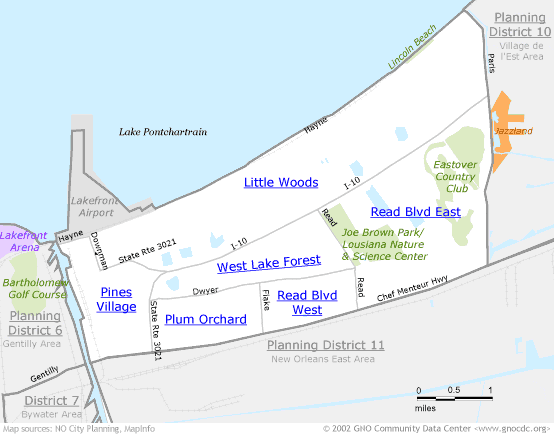We are entering an era of intimate intercourse with
technology. We are cyborgs (cybernetic organisms). Each of us has a little
device in our pocket or on our person with access to millions and millions of
pages of information, anything from funny videos to the weather in Mozambique,
the ability to record daily life or to find a mate. Even the simplest of minds
has the capacity to access more knowledge than the most brilliant of minds.
Technology has allowed people to market and reach an audience that would have
been price prohibitive in the past and it has and will continue to cause
serious disruption with the “old” way of doing things. Multiple companies and
even entire industries have been decimated. We must confront the idea that we
may be making ourselves obsolete through the sheer ubiquity of technology. The real estate industry is no exception; we have seen huge changes in the last
decade or two with the democratization of information.
How do we balance the exponential explosion created by
technology and the simple human, who has remained relatively unchanged for
thousands of years? How can we assert value in a world where barriers for many
industries have either collapsed or been completely rendered meaningless by
technology?
Within the real estate industry, we can already see the
disruption caused by technology and its double edged sword; on one side we are
able to work from anywhere, send listings off around the world, use mapping
technologies to better assess areas, research properties, explore zoning and
expand our reach far beyond our local areas; and on the other side of the
equation many of the same technologies are available to our prospective
clients as well. They, too, can leverage the technology and search for properties, market
and sell their property, set alerts for areas and do many of the same things
that they would be contracting an agent to do. My clients send listings to me
as often, if not more often than the other way around.
So, again, have we planted the seeds of our own obsolescence
or how, do we as agents create a value proposal that ensures our survival and
the survival of the industry at large?
What intangibles do we bring that cannot be replaced?
In my experience, there are always going to be those that
just don’t get it. Why am I going to pay an agent for what I can do myself? On
the other side, there are those who are more than happy to turn things over to
a professional for any number of reasons. If someone does not see the value in
contracting an agent, there is little chance that I am going to convince them of
the benefits of hiring someone to represent him or her. I think of abstract art
and those who say, well I could have painted that. I am not going to convince
that person of the value I bring to the equation so it is not worth my time. On
the other side I need to realize that what is going to keep a client and ensure
my success is going to be earning their trust and instilling the relationship
with the knowledge that I will only ever act in their best interest, that I
will work tirelessly to find solutions to their problems, and that I will be
there for them when they need advice or guidance and that whatever money I earn
in the equation, what I return to them goes far beyond any dollar value.
I would never let a robot or my Roomba babysit my kids
because I want someone there who is and will be accountable, who I can call or
who will call me if the need arises. I want to know that someone I trust is looking
out for and caring for them.
There is a tremendous value to human contact and
accountability and that is something that cannot be easily replaced. I view and
vet all properties as though I am considering them for myself and advise my clients
as such. It is very true that you don’t know what you don’t know and if someone
has not had that experience or has had a previously poor experience it can be
very hard to work against that preconceived notion. We all have unique
qualities and traits that we bring to the equation, whether it is our
specific knowledge about a market area or esoteric information about tax
incentives, or simply our advice and sense of humor (humor being one of the most
difficult things to program in to an artificial being).
The machines are on the rise but they have yet to replace
real human interactions, a smile and handshake, intuition, the nuances of
negotiation and the assessment of decisions based on parameters that go far
beyond ones and zeroes.











